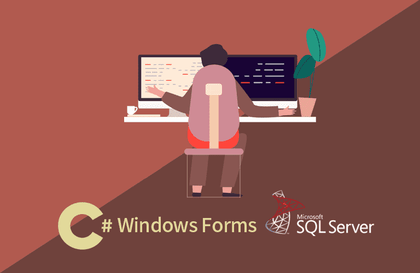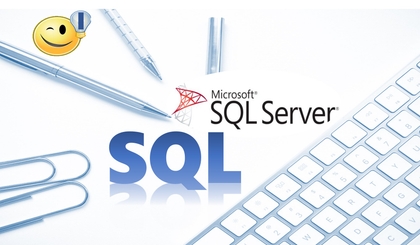
Complete Mastery of Practical SQL in 49 Sessions I - Basic Course (Including Practice Materials and Problem Solving)
topdatastudio
'Complete Mastery of Practical SQL in 49 Sessions I - Basic Course' contains essential content that you must know for SQL. By learning using a practical database, you can apply it right away in the field, and it is structured so that you can fully learn the learning content through theoretical explanations, practice, and solving a total of 200 application problems. For intuitive understanding, practice is conducted using a database written in Korean.
입문
SQL, MSSQL





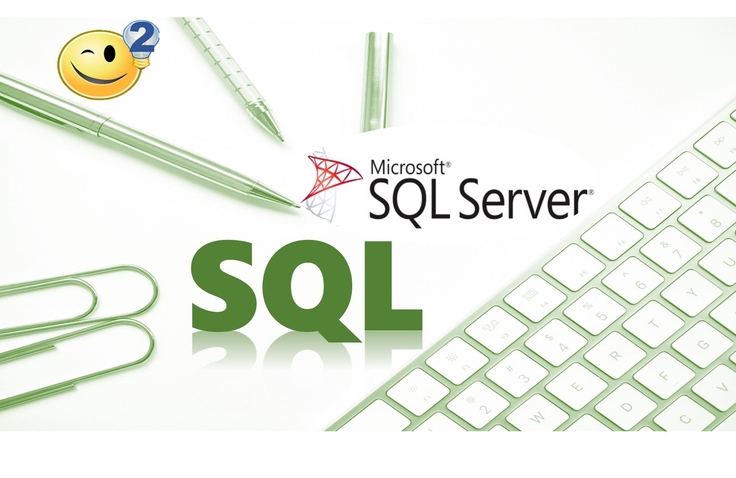




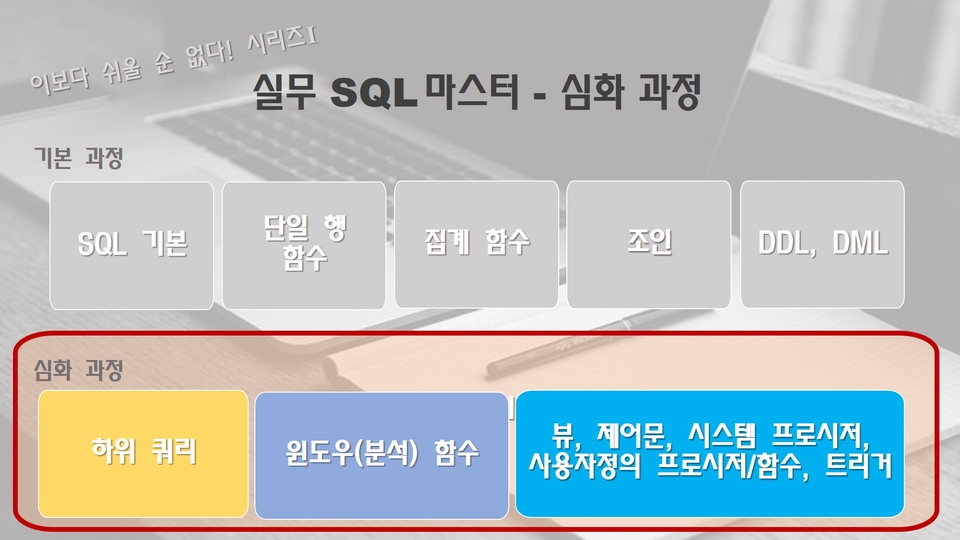
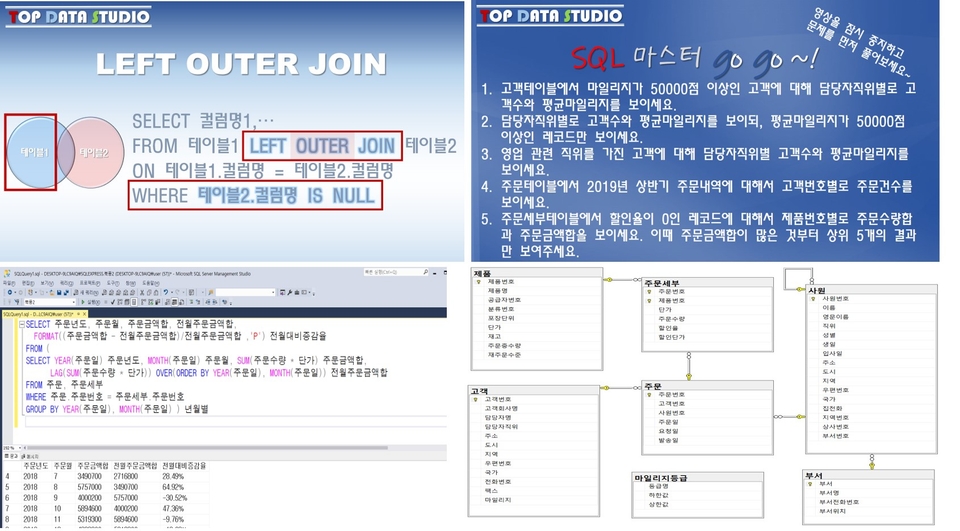

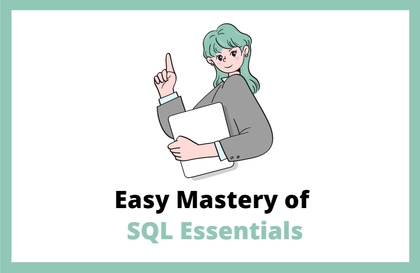
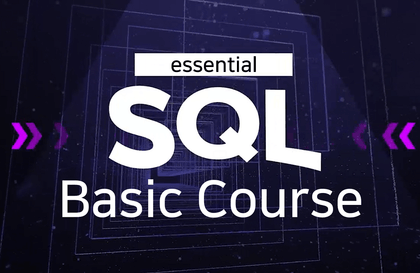
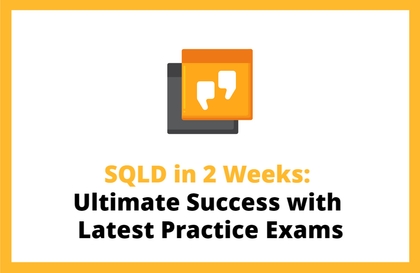
![The Easiest and Most In-Depth MongoDB Complete Guide [ By. Non-CS Major & Kakao Developer ]강의 썸네일](https://cdn.inflearn.com/public/files/courses/337578/cover/01jwt82r7jn3c9mzybfn00mdnh?w=420)
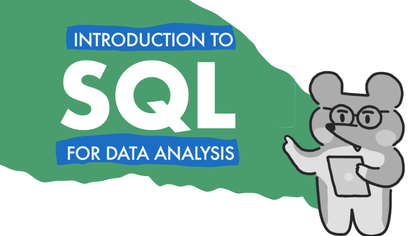

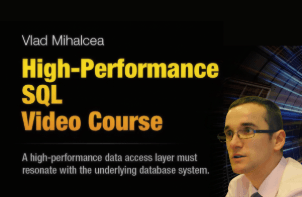
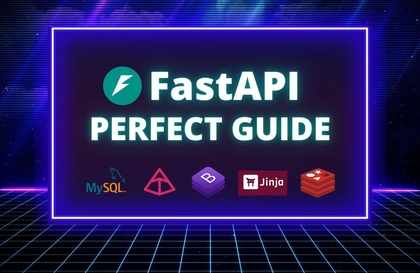
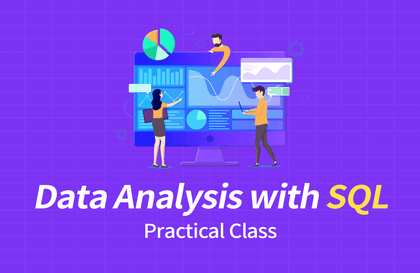
![[MMORPG Game Development Series with C# and Unity] Part 5: Database강의 썸네일](https://cdn.inflearn.com/public/courses/325283/course_cover/afb413e6-681e-47cd-808a-099c79fed112/rookiss-rpg-5.jpg?w=420)
